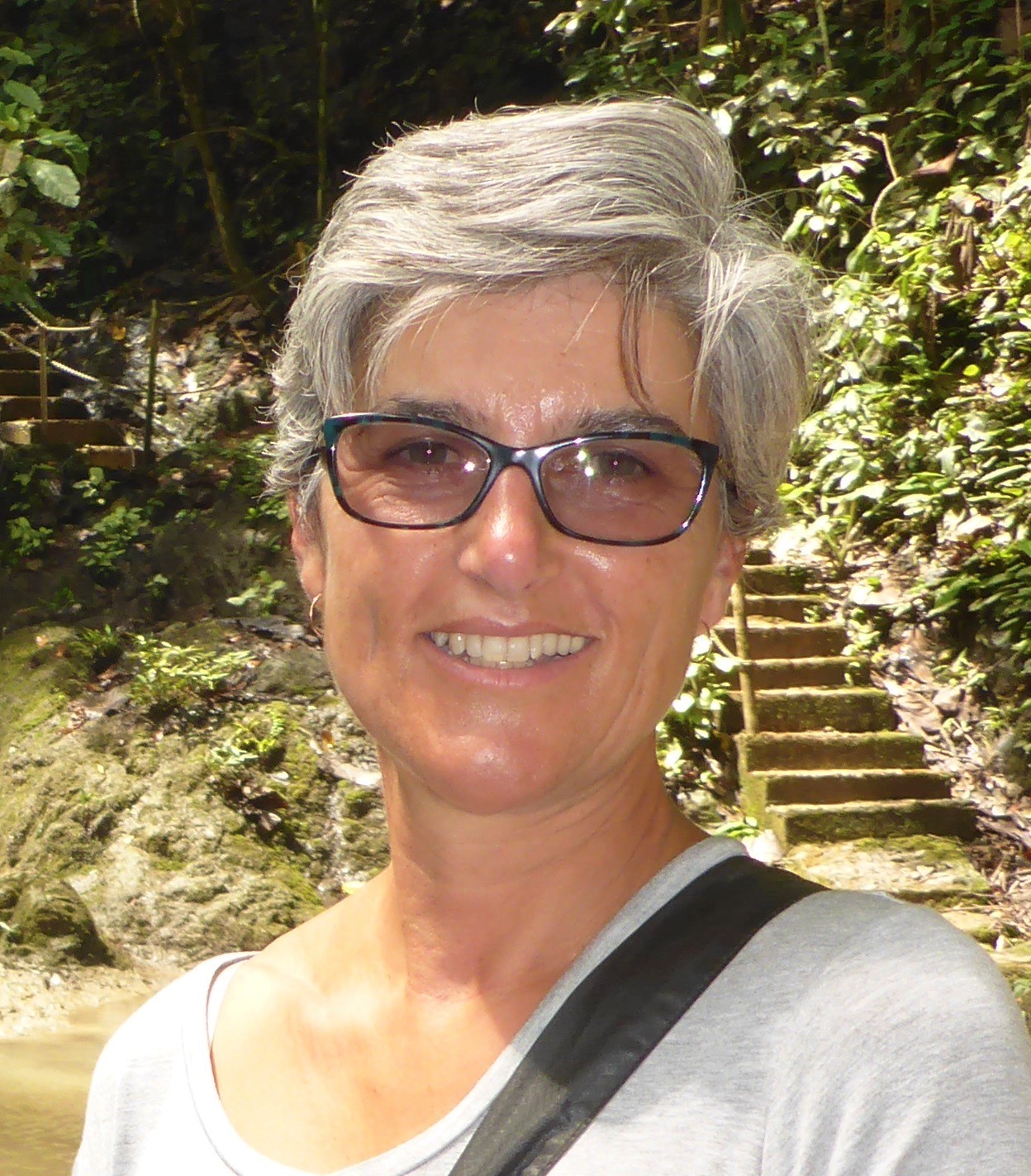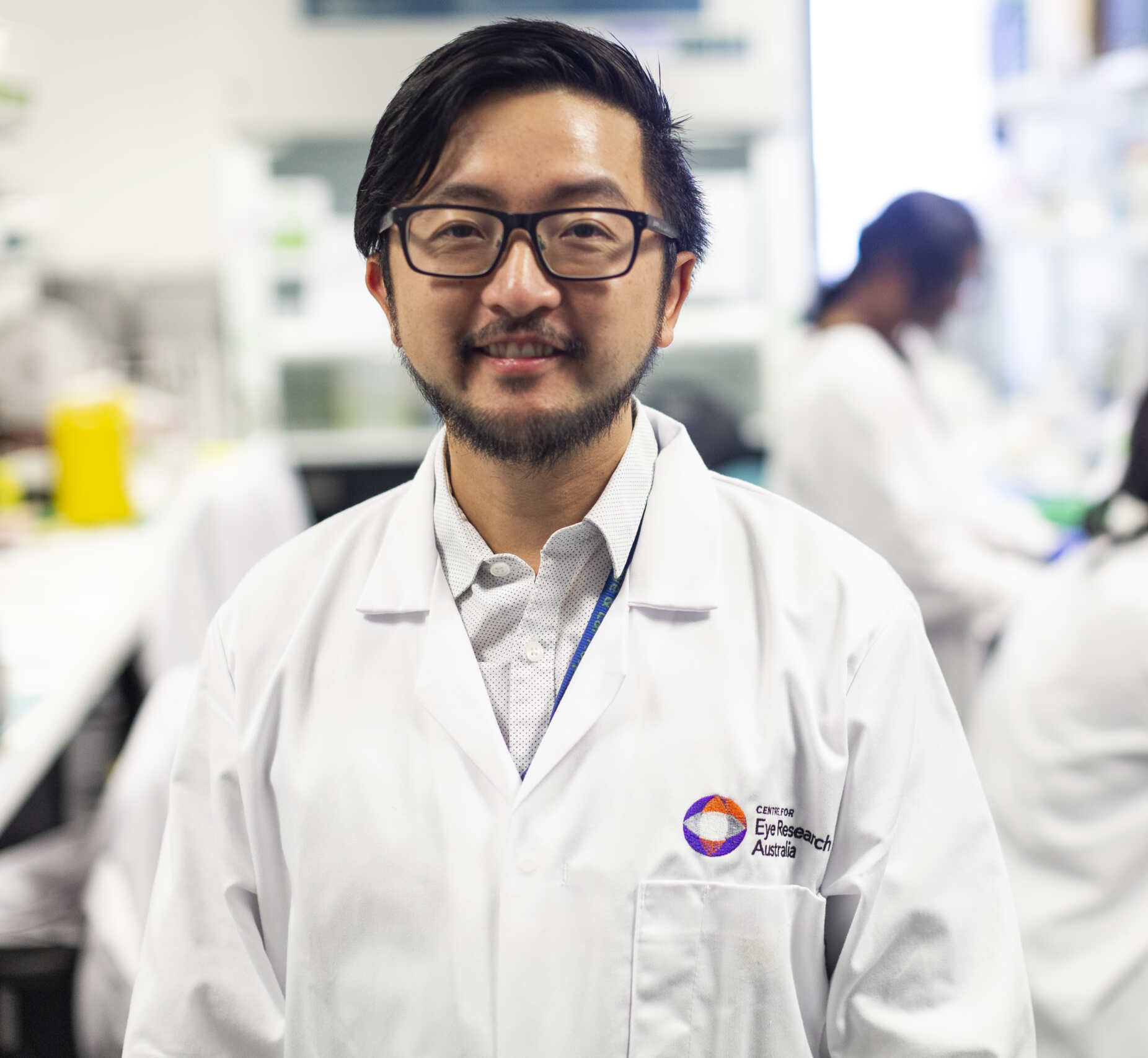19 March, 2024
Hot Off The Press
-
Prime editing takes gene therapy to the next level
“Prime editing” is the newest evolution of CRISPR‒Cas-based technologies and this new technique has been developed over the past 5 years. We are told that it has better editing efficiency and creates fewer by-products than traditional gene editing tools, in which case it will be exciting to watch the development of more personalised gene therapy treatments which is clearly what is needed.
-
The microgravity environment of the international space station is ideal for manufacturing artificial retinas amongst many other products. This is because there is less sedimentation during the manufacturing process which means that less of the manufactured retinas are defective and have to be rejected. There have now been 8 different space missions that have been used to set up this manufacturing process on the International Space Station. Remarkable. So far, 10 retinas have been produced, and now the aim is to scale the project up to a commercial level. There is no mention of how functional the retinas are, but hopefully they are excellent!
-
A gene-agnostic gene therapy for RP
SPVN06 is a Gene therapy which targets common pathways rather than individual genes. A “gene agnostic therapy”. This means that it will hopefully be useful for many different IRDs eventually. The early stages of trials on Rod Cone Disease are looking good for stopping or slowing disease progression with good tolerability and safety, and the trial is being expanded to include mid stage RP this year. Hopefully the trial will expand to geographic atrophy after that. The treatment involves just a single subretinal injection.
-
Gildeuretinol has halted Stargardt disease progression
Gildeuretinol is an exciting novel molecule which reduces “dimerization” of vitamin A. In preclinical studies, it has decreased dimerization down to normal levels and the first 3 teenaged patients treated remained asymptomatic and free of disease progression for their treatment duration which ranged between 2 (1 patient) and 6 years (2 patients). Gildeuretinol now has breakthrough therapy and orphan drug designation from the FDA so hopefully further research will progress rapidly.
Trials have also just been completed for geographic atrophy secondary to AMD for 200 patients, and the results will be announced this year. This is certainly a space to watch……
-
Gut bacteria may be responsible for sight loss in certain inherited eye diseases
Researchers have found gut bacteria in the retina….. ! The theory is that a Crumbs homolog 1 (CBR1) gene defect causes a weakening of the gut and retinal membranes, and results in leakage of bacteria from the gut, and their entry into the retina. Once in the retina they then affect the fragile photoreceptor cells in a bad way, which then perish. So maybe simple antimicrobials to treat these gut bacteria will prevent loss of sight in these people in the future… it has already worked in mice. This CRB1 gene is the cause of 10% of Lebers and 7% of RP worldwide.
-
Researchers take important step toward genetic therapy for hereditary conditions
“Thiophene-based lipid nanoparticles” have been touted as new vectors for the delivery of gene editing machinery to the retina. They can carry bigger proteins than the current AAViruses and they don’t prompt the same immune response, so it looks like they will be more efficient. The nanoparticles accessed the lungs and the eyes very well in this early study. Interesting.
That’s all for this time folks. I will look forward to the next journals dropping into my email box and telling me about exciting, evolving treatments so that I can pick out the most useful bits and share them with you all.
Cathy
Guest writer – Dr Catherine Civil
My name is Dr Catherine Civil. I have been associated with Retina Australia since the early 2000s. At that time, they were called WARPF, or the WA Retinitis Pigmentosa Foundation. WARPF were raffling a car in a shopping centre, and it caught my eye because my dad and my uncle both had Retinitis Pigmentosa. Being a doctor and a parent, I had a particular interest and awareness, not just of the disease, but of the fact that there was a significant risk that I or my children or my relatives might have inherited it.
I turned up at an AGM and found myself on the Board and engaged in fundraising. I spent several years on the Board and met some wonderful people, and I was even Chairman for a couple of years. When I left, I started writing the “Hot off the Press” research update column for the newsletter.
I arrived from the UK in the early 1990s with my husband and twin baby girls to live in Perth for a year for a bit of sunshine and fun, and we find ourselves still having fun in WA 30 years later, and with a grown son as well.




